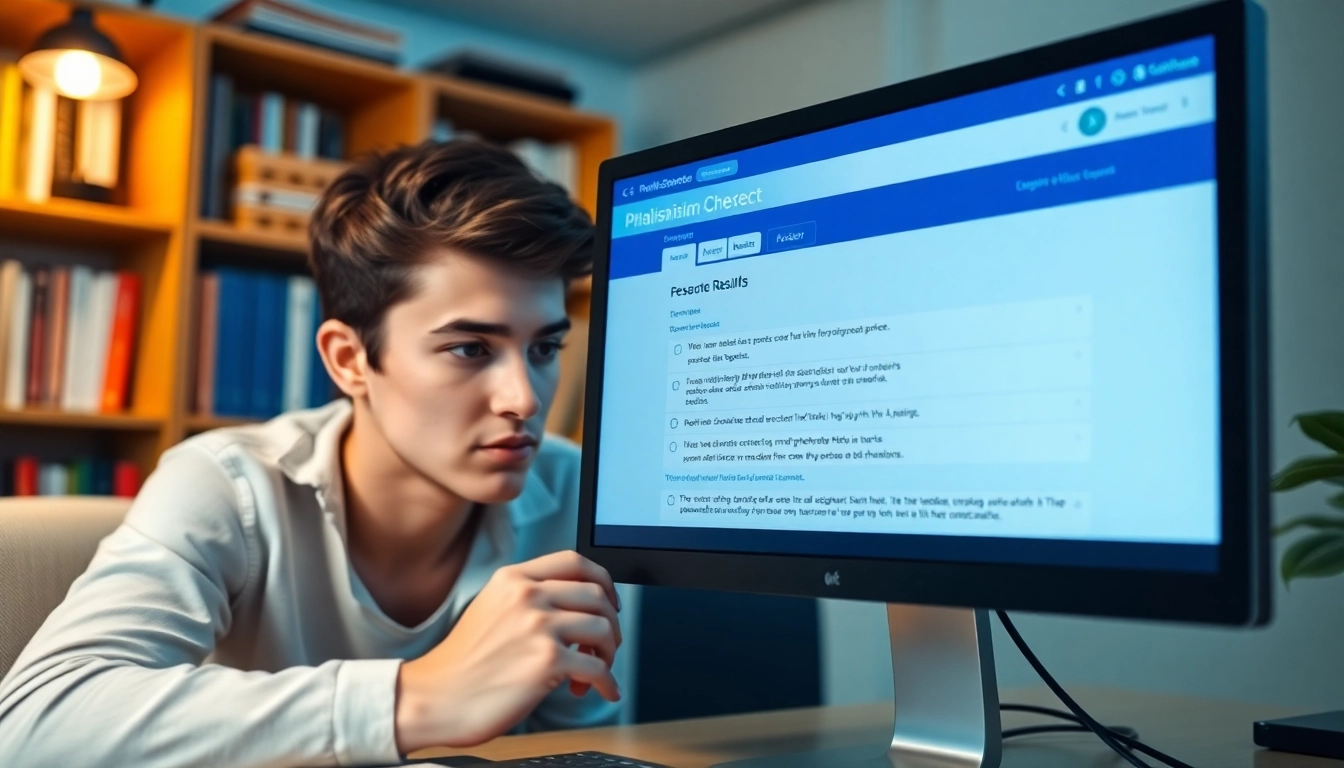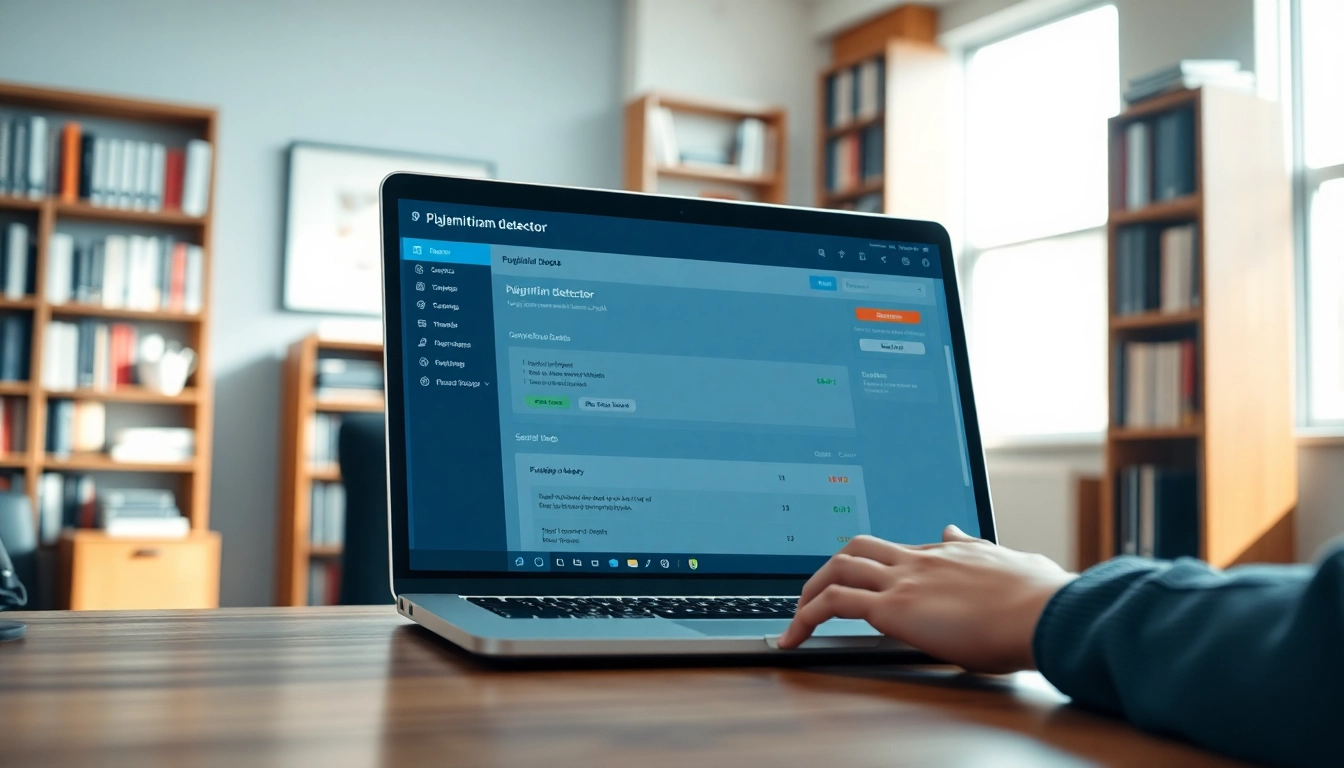Understanding Plagiarism: What You Need to Know
The Definition of Plagiarism
Plagiarism is often defined as the practice of taking someone else’s work, ideas, or expressions and presenting them as one’s own without proper acknowledgment. This unethical behavior is prevalent in various fields, particularly in academia, journalism, and content creation. It’s essential to differentiate between legitimate sources and plagiarized content, as the implications can significantly impact credibility and integrity.
Types of Plagiarism: From Intentional to Accidental
Plagiarism can be classified into several categories:
- Direct Plagiarism: Copying text verbatim from a source without citation.
- Self-Plagiarism: Reusing one’s previously submitted work without permission.
- Paraphrasing Plagiarism: Rewriting someone else’s ideas or work in your own words without crediting the original source.
- Accidental Plagiarism: Unintentionally failing to cite sources or misquoting.
Understanding these types helps writers avoid pitfalls that can inadvertently lead to plagiarism issues.
The Consequences of Plagiarism in Academia and Beyond
Plagiarism can lead to severe consequences ranging from failing a class to expulsion from an educational institution. In professional settings, it can result in job termination or significant reputational damage. A critical aspect of academia is upholding integrity; therefore, utilizing a reliable plagiarism checker can help safeguard against unintentional wrongdoing.
How a Plagiarism Checker Works
The Technology Behind Plagiarism Checkers
Plagiarism checkers utilize advanced algorithms and databases to analyze text. They scan documents for similarities with existing works by comparing phrases, sentences, and even whole paragraphs against a vast array of published material. Most checkers are powered by artificial intelligence that continuously learns and evolves, making it increasingly effective at detecting various types of plagiarized content.
Common Algorithms Used in Plagiarism Detection
There are several algorithms integral to plagiarism detection:
- String Matching Algorithms: Techniques like Rabin-Karp or Knuth-Morris-Pratt help identify sequences of words that match known content.
- Fingerprinting: This method reduces the document into a more manageable form by creating a “fingerprint” that highlights unique features.
- Semantic Analysis: Some modern tools analyze the context and semantics of the text to identify paraphrasing and subtle reformulations.
Each algorithm plays a crucial role in enhancing the accuracy of plagiarism detection.
Limitations of Plagiarism Checkers: What They Can’t Catch
Despite their robust capabilities, plagiarism checkers have limitations. They may struggle with:
- Detecting paraphrase where ideas are conveyed without similar wording.
- Recognizing non-textual forms of plagiarism like artwork or coding.
- Catching plagiarism from sources not included in their database.
A comprehensive understanding of these limitations ensures users remain vigilant and supplementary measures are employed when necessary.
Choosing the Right Plagiarism Checker for Your Needs
Free vs. Paid Plagiarism Checker Tools
Many plagiarism checkers are available, each with its pros and cons. Free tools often offer basic features, sufficient for casual or infrequent use, while paid options typically provide advanced functionalities, including more extensive databases, detailed reporting, and additional features like grammar checks.
For frequent users like students, academics, or professionals, investing in a paid service may save time and improve quality assurance.
Top Features to Look for in a Plagiarism Checker
When evaluating plagiarism checkers, consider the following features:
- Comprehensive Database: A larger database increases the chances of detecting plagiarism.
- User-Friendliness: The interface should be intuitive and easy to navigate.
- Accuracy Rate: Look for user reviews and case studies proving the checker’s reliability.
- Report Generation: Clear, detailed reports are essential for understanding the results.
Focusing on these features can streamline the writing process, ensuring high-quality and original content.
Comparing Popular Plagiarism Checkers on the Market
In the realm of plagiarism detection, several tools stand out:
- Grammarly: Well-known for grammar checking, Grammarly also offers a robust plagiarism checker that compares your text against billions of web pages.
- PapersOwl: This checker is popular among students for its accuracy and user-friendly design.
- Turnitin: Frequently used in schools and universities, this checker is trusted for academic writing and provides comprehensive reporting tools.
- Duplichecker: Offers a simple interface and a limited but effective free service.
Each of these tools delivers distinctive benefits that cater to different user needs.
Best Practices for Using a Plagiarism Checker
How to Prepare Your Document for a Plagiarism Check
Before running a plagiarism check, it’s essential to format your document correctly. Ensure your text is clear of unnecessary formatting, saved in a commonly accepted file format, and complete. Having a consistent writing style can lead to more accurate results, minimizing false positives or negatives during the check.
Interpreting the Results from a Plagiarism Checker
Results can vary widely among different tools; therefore, comprehension is key. Most plagiarism checkers will highlight matching content and provide a similarity score. Analyze any highlighted sections carefully; determine if you’ve properly credited these sources or if you need to revise them to maintain academic integrity.
Revising Your Work: Steps to Take After a Check
Post-check, create a strategy to address any potential issues identified. This may involve rephrasing passages, citing omitted sources, or even removing sections of text that are overly similar to existing resources. Adopting a proactive approach to revision not only helps eliminate plagiarism but also improves the quality of writing.
The Future of Plagiarism Detection Technology
Emerging Trends in AI and Plagiarism Checkers
As AI technology advances, plagiarism checkers are becoming increasingly sophisticated. Future trends may incorporate machine learning to better understand context and intent, making detection of paraphrased content more effective. Real-time feedback may also become a standard feature, allowing writers to check their work as they create.
Anticipating Changes in Academic Integrity Policies
As plagiarism detection tools evolve, institutions must adapt their academic integrity policies. There may be a stronger emphasis on educating students about plagiarism and the ethical use of information. More universities may begin incorporating plagiarism checkers as part of the submission process, promoting originality and accountability among students.
How Technology is Shaping Writing and Research Ethics
The digital landscape is transforming how we approach writing and research. The proliferation of online content raises the necessity for ethical standards in content creation. Technology like plagiarism checkers plays a vital role in fostering an environment of integrity, as writers are now empowered to verify the originality of their work effectively.



